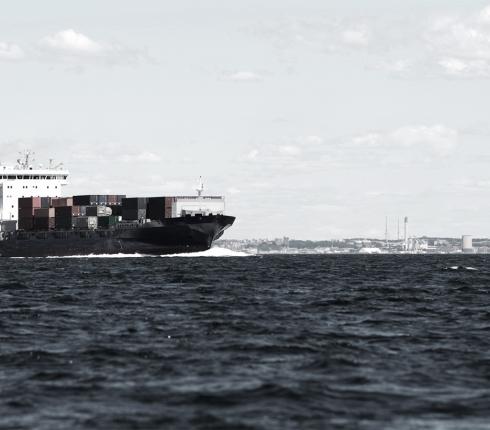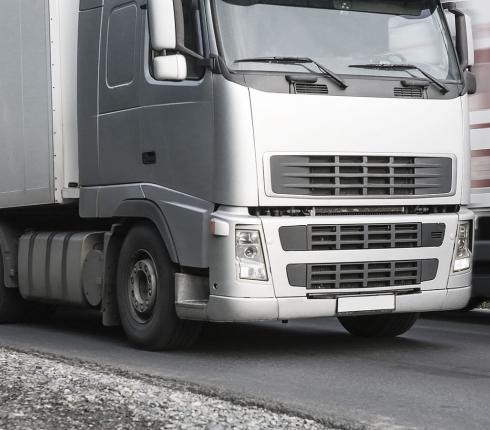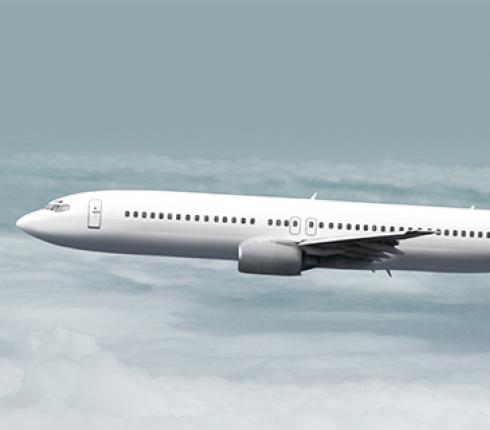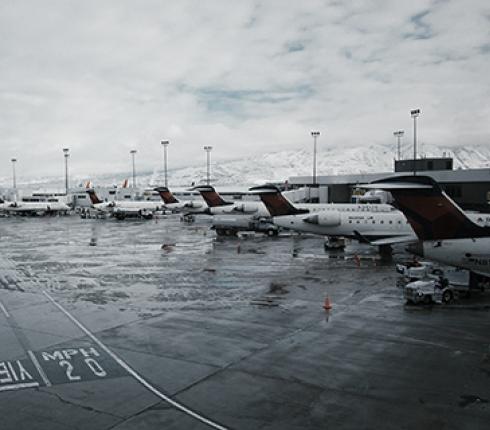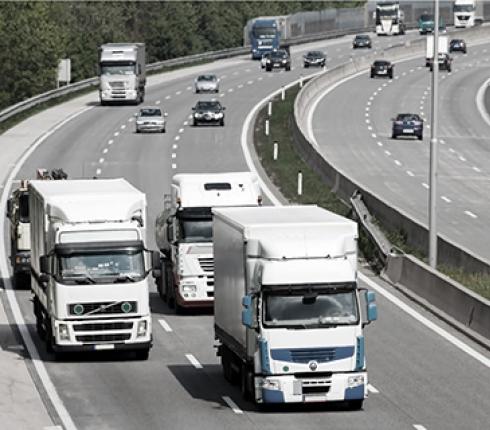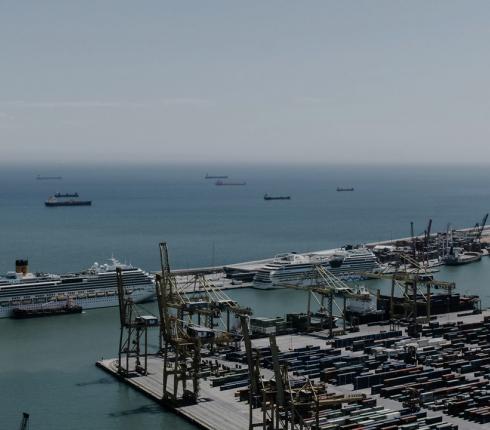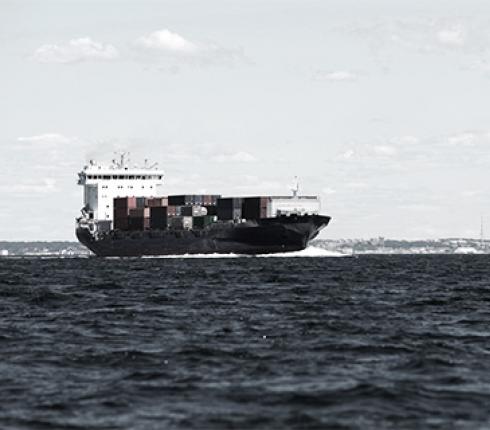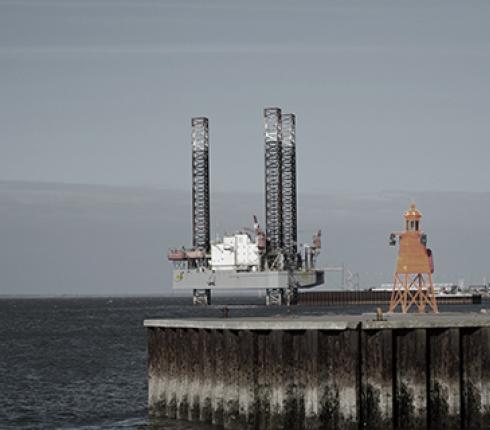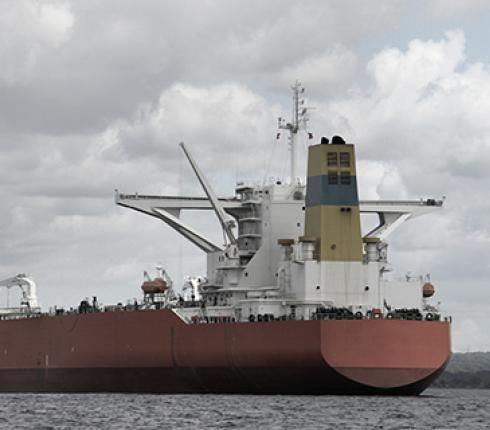Cabotage and combined transport – beware!
For a long time, the legal position for combined carriage of goods by road has been more or less unclear. The Danish Transport, Building and Housing Authority has however recently issued an executive order implementing the rules of the so-called 'Combi Directive' (EU Directive 92/106). The executive order will come into force on July 1, 2018. In addition to implementing the directive, the executive order contains some 'new' rules that will clarify to what extent it is possible for foreign carriers to perform combined transport to and from Denmark.
If a haulier from another EU country performs carriage of goods by road in Denmark as part of a combined transport, this road transport will be exempted from the restrictions in the cabotage regulations. Therefore, it is crucial how the executive order defines a combined transport, which carriers from other EU countries will have unlimited access to perform in Denmark. The reason for having the specific rules for combined transport is to push the industry to use other – more environmentally friendly – modes of transport than road transport.
In accordance with the rules in the ‘Combi Directive’, the executive order establishes that a combined transport in general must be performed by using rail, inland waterways or maritime services for a distance of at least 100 km in a straight line. On the other hand, the initial or final road leg of the journey may not exceed 150 km.
In addition to implementing the general rules concerning combined transport in the ‘Combi Directive’, the Transport, Building and Housing Agency has decided that a combined transport can be considered to take place between Member States, even in cases where the transported goods do not originate from nor have their final destination in a Member State. Despite several Danish trade organizations’ criticism of this rule, the Transport, Building and Housing Agency states in a consultation memorandum of 24 May 2018 that the rules on combined transport shall only apply if a combined transport takes place between two Member States. Thus, as long as a combined transport commences in one Member State and terminates in another Member State, it does not matter that the transported goods originate from a third country or that another carrier will later deliver the goods to a third country.
The new executive order also contains a specific rule concerning carriage of empty loading units. According to the executive order, carriage of empty loading units can be included in a combined transport if this is stated in a transportation document. Any other carriage of empty loading units, including transport of empty loading units before loading or after unloading of goods, will still be considered cabotage operations.
The Transport, Building and Housing Agency has finally decided that the information in transport documents can be confirmed by stamps from the railway or port administrations as an alternative to other evidence.








